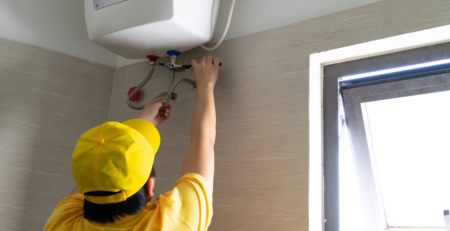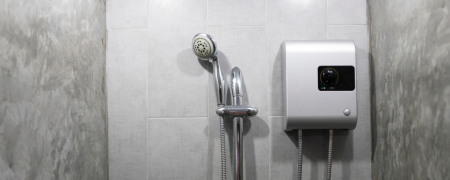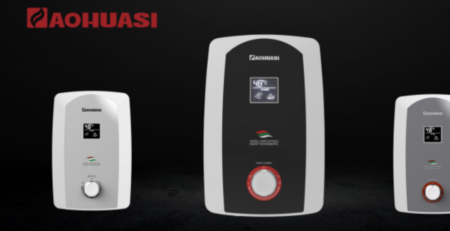Effortless Maintenance: Tips for Keeping Your Electric Water Heater in Shape
Tips for Keeping Your Electric Water Heater in Shape Maintaining the optimal performance of your electric water heater is not only essential for consistent hot water supply but also contributes to its longevity and efficiency. Effortless maintenance practices can go a long way in ensuring your water heater stays in top shape, providing you with reliable and energy-efficient service. In this guide, we share tips for keeping your electric water heater in shape with minimal effort.
Tips for Keeping Your Electric Water Heater in Shape
1. Regularly Flush the Tank to Remove Sediment
Sediment buildup in the tank is a common issue that can affect the efficiency of your electric water heater. Regularly flushing the tank helps remove sediment, preventing it from settling at the bottom. Follow the manufacturer’s guidelines for flushing, typically recommended annually, to maintain optimal heating performance and prevent potential damage to the heating elements.
2. Check and Test the Temperature and Pressure Relief Valve
The temperature and pressure relief (TPR) valve is a critical safety component that prevents excessive pressure and temperature within the tank. Periodically check and test the TPR valve to ensure it is functioning correctly. Lift the lever to allow a small amount of water to discharge, and listen for a hissing sound, indicating proper operation. If the valve fails to release water or shows signs of leakage, consider replacing it promptly.
3. Insulate Hot Water Pipes for Energy Efficiency
Insulating hot water pipes helps retain heat during water transport, reducing the workload on your electric water heater. This simple and cost-effective measure not only improves energy efficiency but also ensures that hot water reaches your faucets more quickly. Pipe insulation is available at hardware stores and is easy to install, providing lasting benefits with minimal effort.
4. Set the Thermostat to the Recommended Temperature
Adjusting the thermostat of your electric water heater to the recommended temperature is a straightforward yet effective maintenance practice. The U.S. Department of Energy recommends setting the thermostat to 120°F (49°C) for optimal energy efficiency and to prevent scalding. This temperature setting strikes a balance between ensuring hot water availability and reducing energy consumption.
5. Inspect for Leaks and Address Issues Promptly
Regularly inspect the area around your electric water heater for signs of leaks. Address any leaks promptly to prevent water damage, corrosion, and potential electrical hazards. Leaks can occur due to loose connections, deteriorating components, or a faulty pressure relief valve. Timely detection and resolution of leaks contribute to the overall health and longevity of your water heater.
6. Test the Heating Elements for Proper Functionality
Electric water heaters use heating elements to warm the water inside the tank. Periodically test the heating elements to ensure they are functioning correctly. Follow the manufacturer’s instructions for testing and consider hiring a professional if you encounter any issues. Properly functioning heating elements are essential for efficient water heating and overall performance.
7. Keep the Area Around the Heater Clean and Unobstructed
Maintain a clean and unobstructed area around your electric water heater. Clear away any debris, dust, or items stored near the unit. Adequate ventilation is crucial for proper operation and prevents overheating. A clutter-free space not only facilitates efficient heating but also minimizes the risk of fire hazards associated with obstructed vents or electrical components.
8. Schedule Professional Inspections Annually
While many maintenance tasks can be performed by homeowners, scheduling professional inspections annually is a proactive step in ensuring the comprehensive health of your electric water heater. Certified plumbers can assess the unit, identify potential issues, and perform any necessary adjustments or repairs. Professional inspections contribute to the longevity and reliability of your water heating system.
Conclusion
Effortless maintenance is key to keeping your electric water heater in optimal shape, providing you with consistent hot water and peace of mind. By incorporating these simple yet effective tips into your routine, you can contribute to the longevity, efficiency, and safety of your water heating appliance with minimal effort.





Leave a Reply